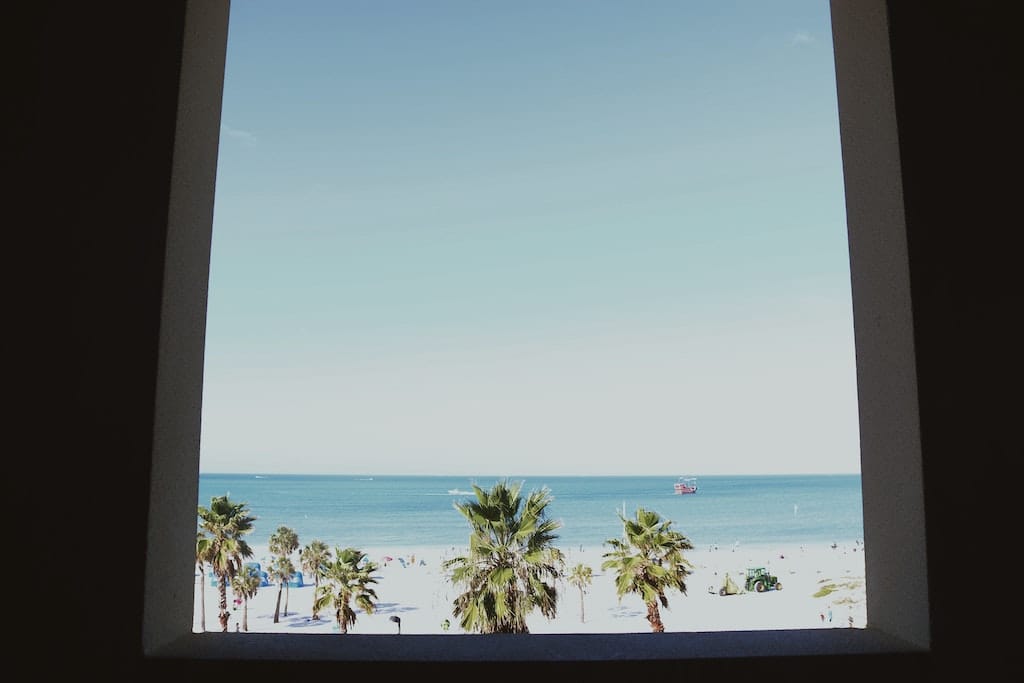All Categories
Featured
Table of Contents
Double Glazing - Windows - Doors in Mt Helena WA
That window can transfer more solar heat in winter than in summer season. A west-facing window on a summer's afternoon has an angle of occurrence from near 0 up to 30 with a large efficient location of solar radiation. A north-facing window, in summer, has a high angle of incidence and a low reliable area of solar radiation, so can transmit less heat than a west-facing one.

However you can rapidly and easily enhance the thermal performance of your home by replacing your windows. This is among the most reliable methods of remodelling to attain improved thermal comfort. There are thousands of kinds of glass and frames to pick from. Choosing the right ones is very important to enhancing the energy performance of your home.
Brisbane's Best Double Glazed Windows in Koondoola Perth
Single glazing with clear glass is not very efficient when it comes to heat loss or gain. To improve performance, you can use single glazing with a more energy-efficient type of glass such as low emissivity (low-e) glass.
Several layers can be put together with sealed cavities between each sheet of glass. IGUs usually use better energy performance than single glazing, because they transmit less energy. The energy performance of IGUs also depends on: the homes of each layer of glass. Different glass types (for instance, clear and low-e glass) can be assembled in an IGU.
Keep Cool This Summer Without Overusing Your Aircon. in Manning Perth

IGU cavities can be filled with air or a more inert, low-conductivity gas such as argon the width of the cavity. Larger cavities offer lower (much better) U worths, with 12mm typically accepted as the favored gap how well the cavity is sealed.
If argon is set up to the cavity in location of air, moisture is reliably excluded the level of desiccant (drying representative). The spacer (metal or polymer strip) that separates the glass layers contains a desiccant to take in any wetness. Inadequate desiccant might cause moisture to condense on the glass surface in cold conditions, lowering thermal performance.
Window Glazing For Households - Energy in Woodlands WA
IGUs can provide much better energy efficiency for all climates, particularly in heated and air-conditioned houses. Cross-section detail of single, double and triple-glazing units Low emissivity glass (typically referred to as low-e glass) decreases heat transfer. Low-e glass might be either high or low transmission: High transmission low-e glass has a covering that enables daylight from the sun to pass into your home to attain great solar heat gain, but lowers the quantity of the long wavelength infrared heat that can leave back through the window.
Low-e glass has either a pyrolytic coating or a vacuum-deposited thin film metal covering. Pyrolytic coverings are resilient and can be used for any glazing; vacuum-deposited finishes are soft and are just used within IGUs. Low-e coverings can significantly enhance both U value and SHGC; however, they should be utilized correctly or they will either weaken or stop working to carry out as required.
Glazing And Glass Options - Smarter Homes in Floreat Western Australia
Low-e coverings can be utilized in combination with clear, toned or reflective glass. Low-e coatings on glazing can reduce heat transfer where required Image: Department of Industry, Science, Energy and Resources Toned glass has actually colouring additives included throughout manufacture. It is offered in different colours, usually bronze, grey, blue and green.
Latest Posts
Fitting A Cabin In Your Garden? Get Double Glazing Fitted Too in Forrestdale WA
Why Is Double Glazing So Important In Winter? in Highgate Perth
Best Glass For Double Glazing in Gwelup Perth